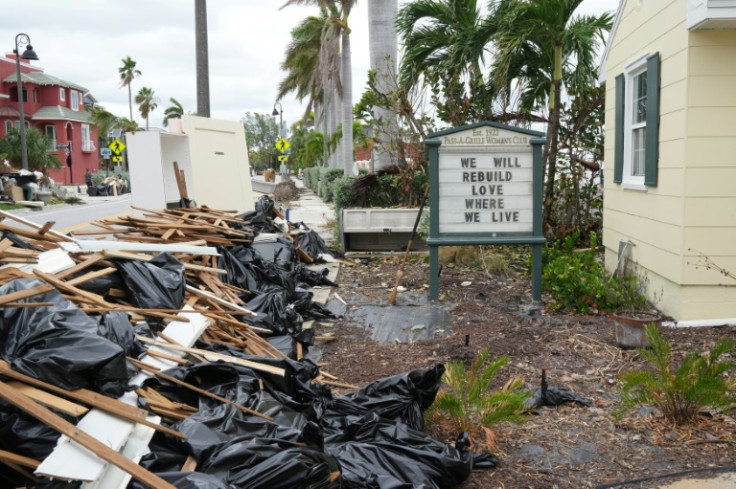
Just two weeks after Hurricane Helene caused significant damage across the southeastern United States, Hurricane Milton left its own trail of destruction in Florida, impacting millions of residents. Deaths are already reported as a result.
Over three million people are also without power, with damage reported across the state. The storm tore roofs off buildings, including the one at Tropicana Field in St. Petersburg, and parts of Sarasota, Fort Myers. Other Gulf Coast areas were submerged by storm surges as high as 10 feet.
Milton, made landfall on Siesta Key late Wednesday as Category 3 hurricane with 120 mph winds. It continued to cause widespread damage across Central Florida before moving offshore near Cape Canaveral early Thursday morning. By 5 a.m., local time, it had weakened to a Category 1 hurricane, with winds of 85 mph, but still maintaining its hurricane status. The total damage has not yet been fully assessed, but early estimates suggest the storm could result in billions of dollars in losses.
Before Hurricane Milton made landfall, the National Weather Service had issued around 100 tornado warnings in a six-hour period, affecting areas far from the storm's center. The full impact of Milton's potentially deadly storm surge won't be known for days, but it seems the worst-case scenario—a two-story-high surge in the densely populated Tampa Bay area—was avoided.
Siesta Key, a barrier island in Sarasota County, bore the brunt of the initial landfall, sparing the heavily populated Tampa Bay area from the worst flooding. However, much of the Gulf Coast experienced sustained winds of 120 mph and stronger gusts throughout the night. Communities to the south, such as Fort Myers Beach and Naples, faced severe storm surges.
Inland flooding also remains a major concern, with some areas expected to receive up to 18 inches of rain, as reported by the Miami Herald. Central Florida, already soaked from previous storms, is expected to see the heaviest rainfall. Additionally, over 100 tornado warnings were issued as Milton crossed the state. Tornadoes struck areas including Fort Myers, Palm Beach Gardens, and St. Lucie County, causing extensive damage to homes and buildings. One twister leveled a large St. Lucie Sheriff's Department facility.
Storm surge levels varied along the coast, with Sarasota experiencing at least 6 feet of flooding by nightfall. Water levels rose in Tampa and Naples, while streets on Florida's Atlantic side, including St. Augustine, were flooded by steady rainfall. By 6 a.m., more than 3.2 million residents were still without power, according to CBS News, with Manatee, Sarasota, and Hardee counties being the hardest hit.
Milton rapidly intensified, reaching peak strength similar to some of the most destructive Atlantic hurricanes on record. Within just 24 hours, it grew from a tropical storm to a Category 5 hurricane—the highest level on the Saffir-Simpson Hurricane Wind Scale, which measures storms by sustained wind speeds.
© 2025 Latin Times. All rights reserved. Do not reproduce without permission.




